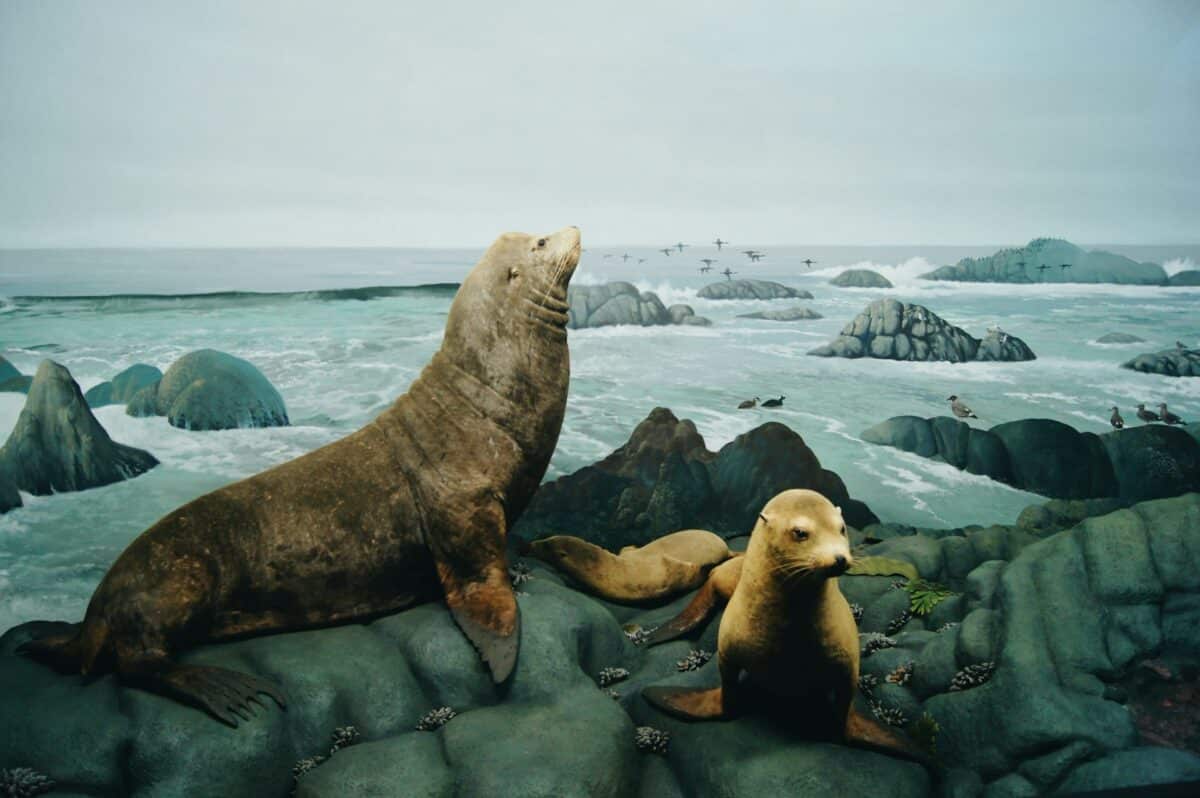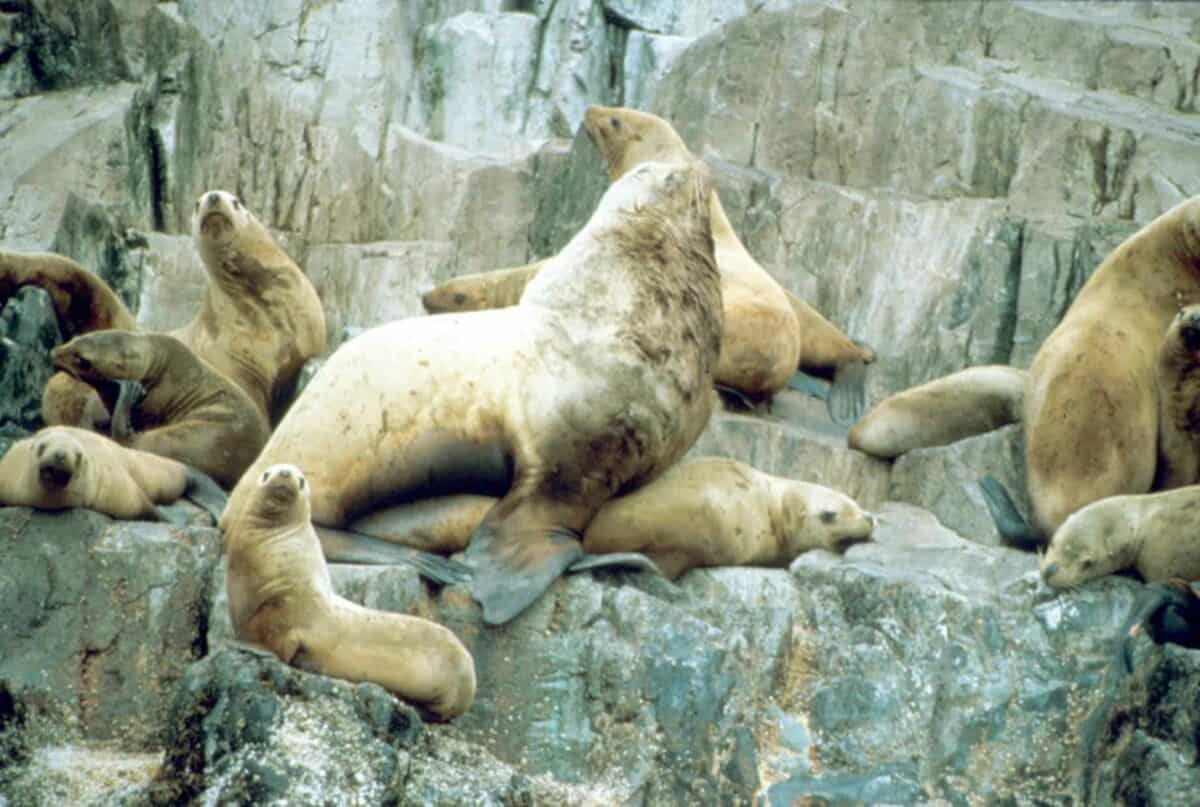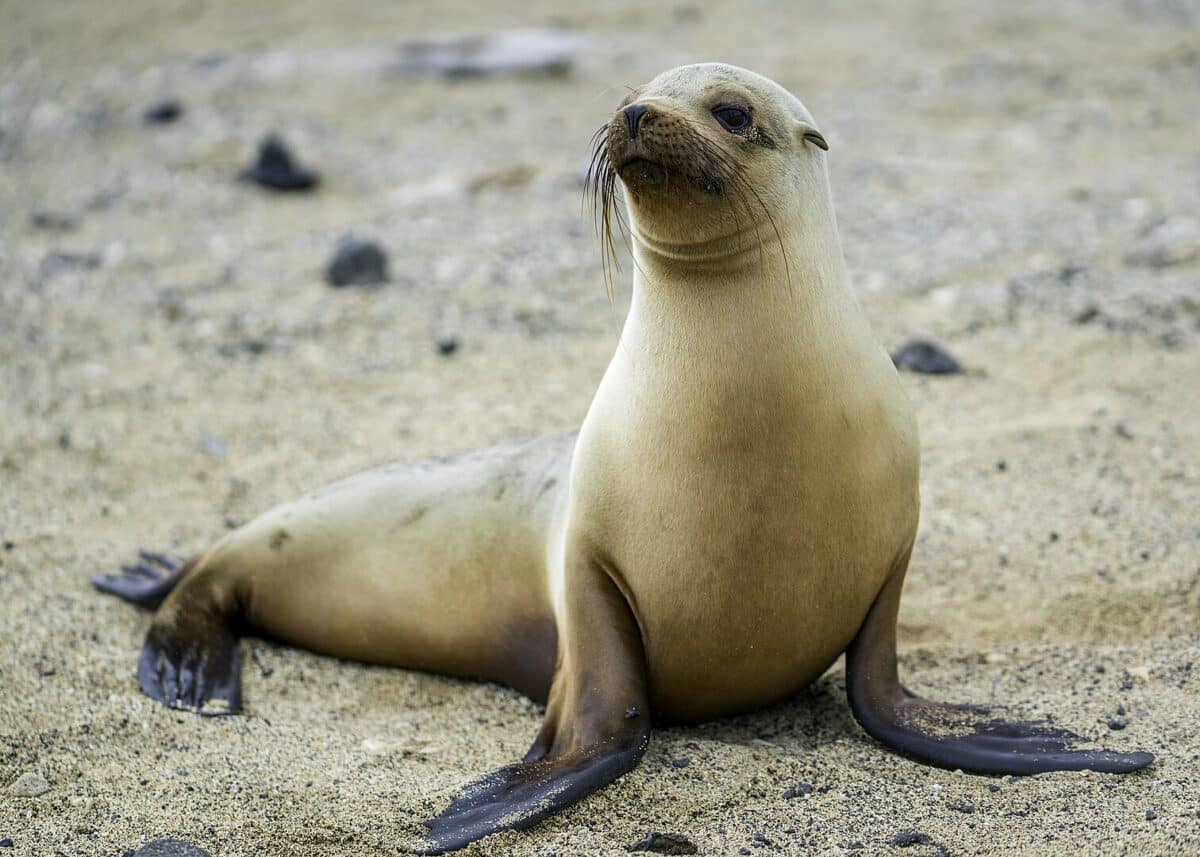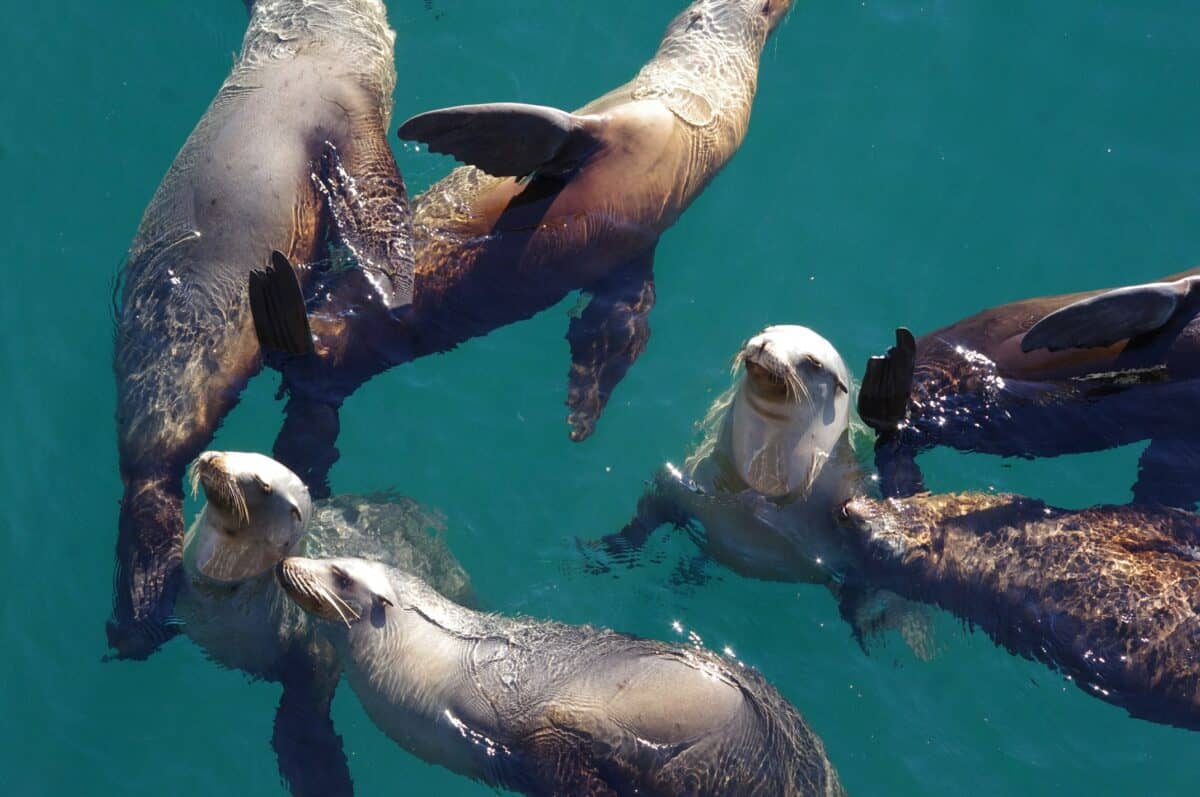The colossal creatures of the ocean have always fascinated us, from giant squids to massive whales. Among them, sea lions often captivate with their playful nature and intriguing behaviors. However, it is not just their antics that capture attention. Sometimes, it’s their sheer size. In this article, we dive into the story of the largest sea lion ever weighed on U.S. shores—an awe-inspiring testament to the wonders of marine life.
Introducing the Magnificent Beast

The realm of pinnipeds produces some incredibly large creatures, with one standout being the Steller sea lion. The specific Steller sea lion that takes the crown as the largest ever weighed on U.S. shores tipped the scales at an astonishing 2,500 pounds. This gargantuan male was found along the rugged coastlines of Alaska, a state renowned for its rich marine biodiversity.
The Steller Sea Lion: A Brief Overview

The Steller sea lion, scientifically known as *Eumetopias jubatus*, is the largest member of the Otariidae family, which includes sea lions and fur seals. Named after the naturalist Georg Wilhelm Steller, these marine mammals are characterized by their robust build and the thick mane-like neck fur of mature males, giving them the nickname “northern sea lions.”
Physical Characteristics of Sea Lions

Sea lions are easily distinguishable from other pinnipeds by their external ear flaps and long, muscular foreflippers. They are adapted for a semi-aquatic lifestyle, allowing them to maneuver swiftly in water while also being agile on land. Steller sea lions, in particular, have a light tan to reddish brown fur, which they shed yearly.
The Diet of Giants

The diet of a Steller sea lion is quite diverse, comprising fish like salmon and cod, cephalopods, and sometimes even smaller seals. They are opportunistic feeders, meaning their diet can vary significantly depending on food availability. This adaptability plays a crucial role in their survival and underscores the importance of marine ecosystem health to their sustenance.
Habitat and Range

Steller sea lions inhabit the northern Pacific region, with their range stretching from the Gulf of Alaska to Russia’s Sea of Okhotsk and even down to the coast of California. They favor remote, rocky coastlines and are often found on isolated islands, which provide safety from terrestrial predators and human disturbances.
Social Behavior and Communication

Steller sea lions are social creatures, forming large groups known as colonies. These colonies are highly vocal environments, as sea lions use a range of vocalizations for communication, from territorial roars of males during the breeding season to the softer grunts and barks used to establish social bonds.
The Breeding Season

Reproductive activities peak in the summer months, where male sea lions establish territories and compete for access to females. A dominant bull may control a territory harboring up to 20 females, which he defends vigorously. After a gestation period of about 12 months, including a delayed implantation, females give birth on traditional rookeries.
Growth and Development of Sea Lion Pups

Steller sea lion pups are born relatively helpless and rely on their mothers’ milk for nourishment. They grow rapidly, tripling their birth weight within a few months. Mothers are attentive, spending extended time nurturing their young while maintaining their condition through foraging trips.
Conservation Status and Threats

Once hunted extensively for their fur and oil, Steller sea lions now face a plethora of other threats, including climate change, habitat disturbance, and entanglement in fishing gear. Recognized as endangered in some regions, conservation efforts focus on protecting critical habitats and minimizing human-induced impacts.
Current Conservation Efforts

Conservation efforts involve various stakeholders, including government agencies, marine biologists, and local communities, working to monitor populations and implement recovery strategies. Public awareness campaigns also play a vital role in rallying support for these magnificent creatures.
The Human Connection to Sea Lions

Sea lions have a unique place in human culture, from featuring prominently in indigenous folklore to being the stars of marine parks. Their playful nature and intelligence also make them popular subjects of wildlife documentaries and conservation education programs.
The largest sea lion ever weighed on U.S. shores is a majestic example of the wonders that exist beneath the ocean’s surface. Understanding and protecting these creatures is essential, not only for their survival but for the health of the entire marine ecosystem they inhabit. As we marvel at these giants, let us also commit to their preservation, ensuring future generations can experience the awe inspired by these magnificent sea lions.
- Why Zebras Roll in Dust and Mud - August 9, 2025
- America’s Most Endangered Mammals And How to Help - August 9, 2025
- The Coldest Town in America—And How People Survive There - August 9, 2025

